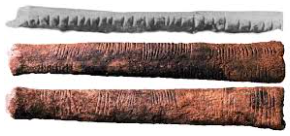Mathematical Topics: Ishango & Lebombo Bones
Relevance: Uganda, Congo, Eswatini
Suggested Age: 8th| 9th | 10th | 11th | 12th
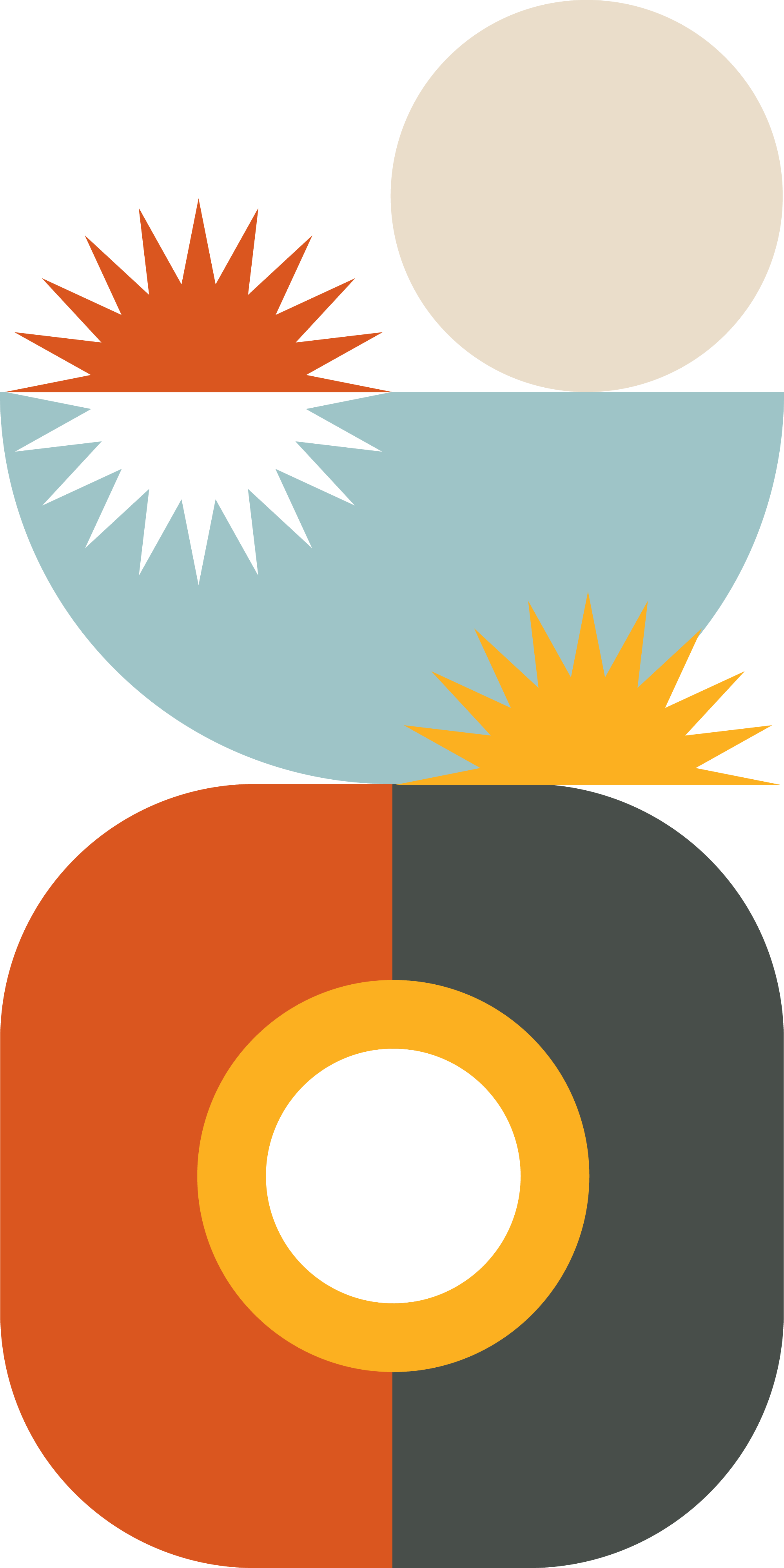
Lesson Summary:
The goal is to have students look at patterns and begin to understand why an artifact as old as the Ishango bone helps us see how ancient societies may have used math and how the patterns lead us to number systems.
Pre-Requisite Skills:
Students should be able to read short articles and discuss well. Some understanding of pattern recognition, bases, and number systems and awareness that our system is mostly base 10 is helpful. Relates to the lesson on the Piraha and do humans need math.
Our Lesson Plan
Our lessons are made to be printed or downloaded. Please do so through the link below.
Our Presentation
Our presentations are made to be printed or downloaded. Please do so through the link below.
Student Handouts
See the resources that can be used to support student learning.
Hook: (15 minutes, slides 1-5)
-
Suggestion is to do all 3 “hooks,” giving time for students to consider and “discover” patterns in the Ishango bone and possible relationships to a number system or how it was used. Goal is to have students see more than a bone with cuts on it and think about the math behind it.
- Have students try the pattern “game” from Brilliant. Share answers and ask for justification/reasoning. Clarify if there are other “correct” answers and why or why not. (first 3 slides)
- Give students individual time to look at the Ishango Bone without numbers and to consider what they might see in it. “Notice, Wonder” protocol (students should first share out what they notice (maybe take notes on the board) and after they have shared they may share wonderings/questions about their observations. If no one mentions it, maybe ask if they notice any patterns. (slide 4).
- Pass out the worksheet Ishango worksheet and show slide 5. Give time for students to come up with their own noticings/wonderings about what the dashes may be now that they also see the number notation. A major goal here, before moving on to the video and discussion, is to see what patterns students might notice in the markings on the bone and if they make any connections to how the bones might have been used. Maybe also asked, if it hasn’t been mentioned, what they notice about the numbers in row b.
Relevance Explored: (15-20 minutes; slides 6-12)
Who gets credit? Where does math start?
- Read about the Ishango bone and have students notice the location of the Ishango village (a source of the Nile river). Watch the first video about the Ishango bone. Discuss and ask questions. Ask students how what they noticed compares to the descriptions and the videos.
- Watch the 2nd video (slide 9). What do students think? Should the bone be sent into outer space? Why and why not? What are the ethics? Who should make the decision?
- Move onto slides 10-12 and have students consider the Lebombo Bone. Ask what they notice and wonder about the markings on this bone. https://afrolegends.com/2019/05/17/the-lebombo-bone-the-oldest-mathematical-artifact-in-the-world/
The Lebombo bone is much older….possibly 37,000 years old–It may indicate lunar cycles or women’s cycles (there is evidence women were leaders at the time) or it could be that it is missing some markings and the 29 marks are not what the whole bone originally showed.
Mathematical Exploration: (15-20 minutes; slides 13-15)
Number systems and words and base 10 vs. base 20 vs. base 60, etc.
- Slide 13: Have students think about what number system, what “base” the Ishango (and the Lebombo) bone might have been using. Ask them about what base we use and what else they have heard of. Consider mentioning time and months of the year if they say we use only base 10.
- Then move onto slide 14 and have students consider the way the numbers 18 and 40 are written/spoken in several languages. Ask students if they can share any other languages and numbers. What do they notice?
- Slide 15: Homework/Wrap up: Have students read the 5 pages from “The Crest of the Peacock” (if you are interested in the history of mathematics, we recommend you buy this book. You are welcome to use the copied pages but please do give full credit.)
Student Discussion:
Next class, or if you have a long class, give time to read and answer the questions and discuss their answers/debate different answers. This debate / discussion can be set up in a circle as a socratic seminar, could be pairs making posters of answers to 1 or 2 questions to share and discuss, or other ways of discussion with which your class is comfortable.
- Gheverghese: “As far as we know there has never been a society without some form of counting or tallying….” Respond….
- What is “Proto-mathematics”?
- What are at least 3 possible ways the markings on the Ishango Bone have been interpreted?
- It is likely African women were using the Ishango Bone. Why do we think this?
- Who holds information and who gets credit for mathematical information?
- Can you think of other possible ways the Ishango bone was used?
- Is pattern recognition mathematics?
- Where should the Ishango bones be kept? (in space? The Moon? Brussels? …..?)
Extension Activities: (slide 16)
Possibly extend this by continuing to lessons on other number systems. Within our lessons there are (or will soon be) connections to Ancient Babylonian mathematics (base 60), Mayan mathematics (base 20), Egyptian mathematics (base 10), Ancient Chinese mathematics (base 10), etc. Or students could research a society that interests them to examine the mathematical base and why it was developed.
References and Connections:
- What was the Ishango Bone and where was it found?
- http://www.math.buffalo.edu/mad/Ancient-Africa/ishango.html
- https://www.youtube.com/watch?v=VTX3kfo6l5I
- But is there even older evidence of math in Africa?
- https://afrolegends.com/2019/05/17/the-lebombo-bone-the-oldest-mathematical-artifact-in-the-world/
- http://www.math.buffalo.edu/mad/Ancient-Africa/lebombo.html
- The Lebombo bone is much older….possibly 37,000 years old–It may indicate lunar cycles or women’s cycles (there is evidence women were leaders at the time) or it could be that it is missing some markings and the 29 marks are not what the whole bone originally showed.
- Here’s a 3 minute CNN video on the Ishango bone….
- And an article about how the bone may be base 12 and how that relates to current mathematical language in the area:
- Or to take this to a slightly “unusual” spot consider the proposal to send the Ishango bone to space:
- On a website by Sola Rey
- Video Connections:
- One from CNN describing the Ishango Bone (from 2016) and later connecting it to the idea of sending it to space: https://www.youtube.com/watch?v=M3Gr6-_wh9U
- The other is a video by someone (dogons2k12) working at the museum in Brussels describing (in French, but English subtitles) the way the Ishango bone shows base 10 and base 12. https://www.youtube.com/watch?v=sEQ2VQhIAgA
More Lessons
Below you’ll find our resources which are filterable by their age group and mathematical topic.

Kaktovik Numerals & Base 20

Tessellations in West African Hair Braiding

Density in Dominican Cakes compared to American Cakes

Hypatia of Alexandria & Conic Sections
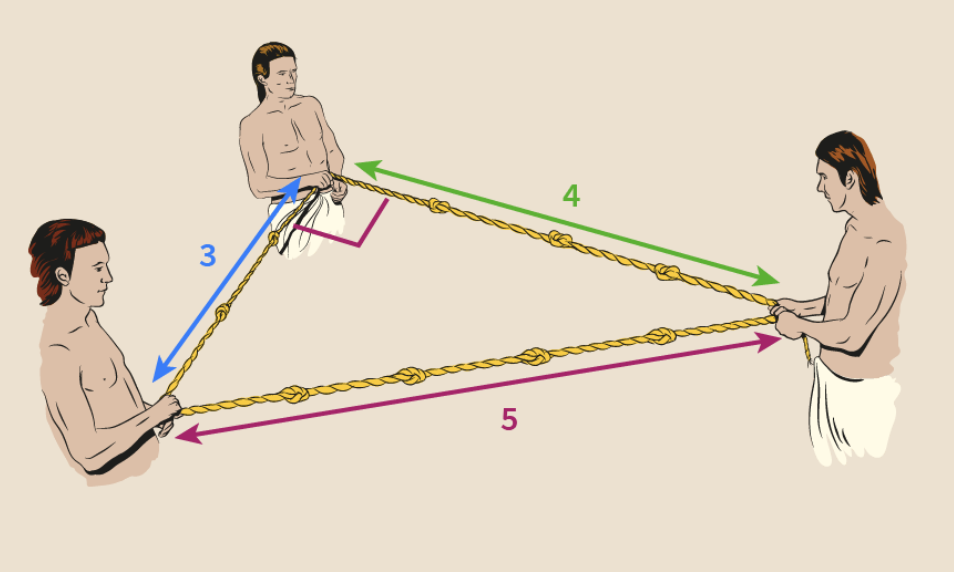
Ancient Egyptian Base 10 Number System & Doubling Method

Maya Calendar & Base 20 Number System

Ancient Babylon Base 60 Number System
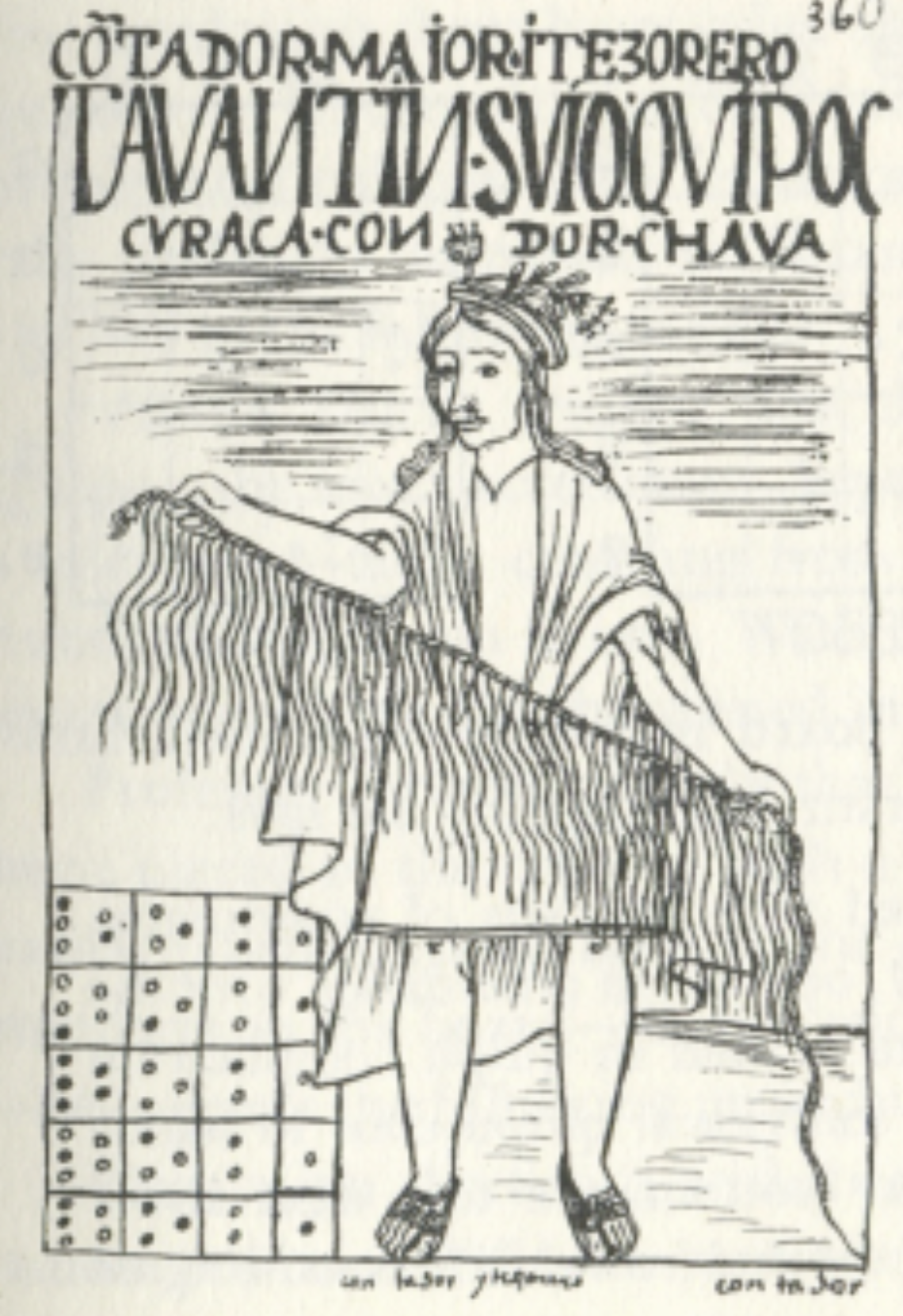
The Origins of Fibonacci’s Sequence
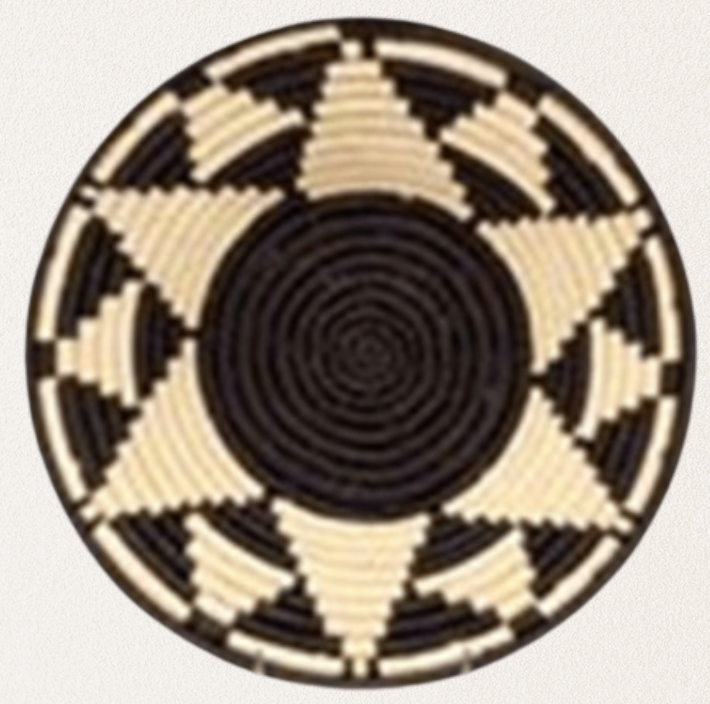
African Baskets & Regular Polygon Rotations

Ancient Mathematical Puzzles: Magic Squares and Hexagonal Tortoises
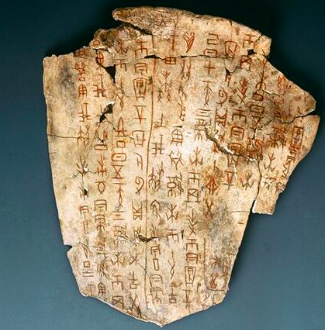
Oracle Bones & Counting Rods
